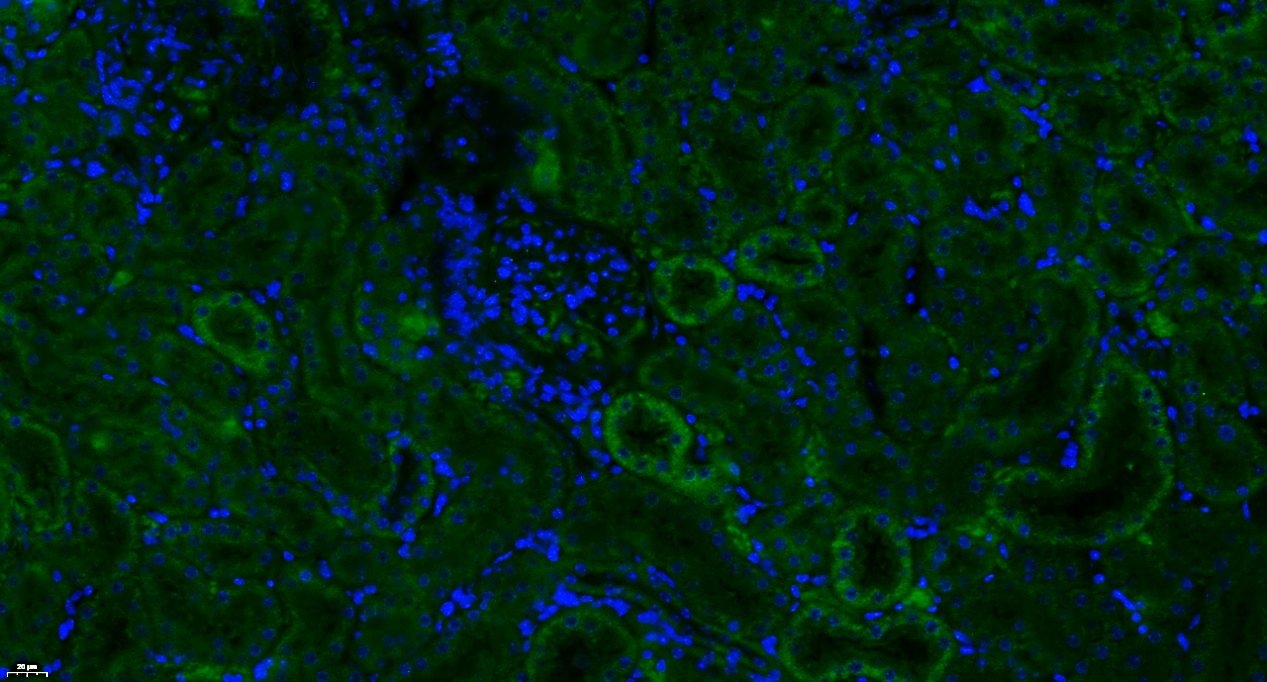MASP1/3 antibody [4F19]
GTX52650
Overview
- SupplierGeneTex
- Product NameMASP1/3 antibody [4F19]
- Delivery Days Customer9
- Application Supplier NoteWB: 1:500 - 1:1000. *Optimal dilutions/concentrations should be determined by the researcher.Not tested in other applications.
- ApplicationsWestern Blot
- CertificationResearch Use Only
- ClonalityMonoclonal
- Clone ID4F19
- Concentration500 ug/ml
- ConjugateUnconjugated
- Gene ID5648
- Target nameMASP1
- Target descriptionMBL associated serine protease 1
- Target synonyms3MC1; C4/C2 activating component of Ra-reactive factor; complement factor MASP-3; complement-activating component of Ra-reactive factor; CRARF; CRARF1; mannan binding lectin serine peptidase 1; mannan-binding lectin serine protease 1; mannose-associated serine protease 1; mannose-binding lectin-associated serine protease 1; mannose-binding protein-associated serine protease; MAP1; MAP-1; MAp44; MASP; MASP3; MASP-3; PRSS5; Ra-reactive factor serine protease p100; RaRF; serine protease 5
- HostMouse
- IsotypeIgG2
- Protein IDP48740
- Protein NameMannan-binding lectin serine protease 1
- Scientific DescriptionThis gene encodes a serine protease that functions as a component of the lectin pathway of complement activation. The complement pathway plays an essential role in the innate and adaptive immune response. The encoded protein is synthesized as a zymogen and is activated when it complexes with the pathogen recognition molecules of lectin pathway, the mannose-binding lectin and the ficolins. This protein is not directly involved in complement activation but may play a role as an amplifier of complement activation by cleaving complement C2 or by activating another complement serine protease, MASP-2. The encoded protein is also able to cleave fibrinogen and factor XIII and may may be involved in coagulation. A splice variant of this gene which lacks the serine protease domain functions as an inhibitor of the complement pathway. Alternate splicing results in multiple transcript variants.[provided by RefSeq, Apr 2010]
- Storage Instruction-20°C or -80°C,2°C to 8°C
- UNSPSC12352203





